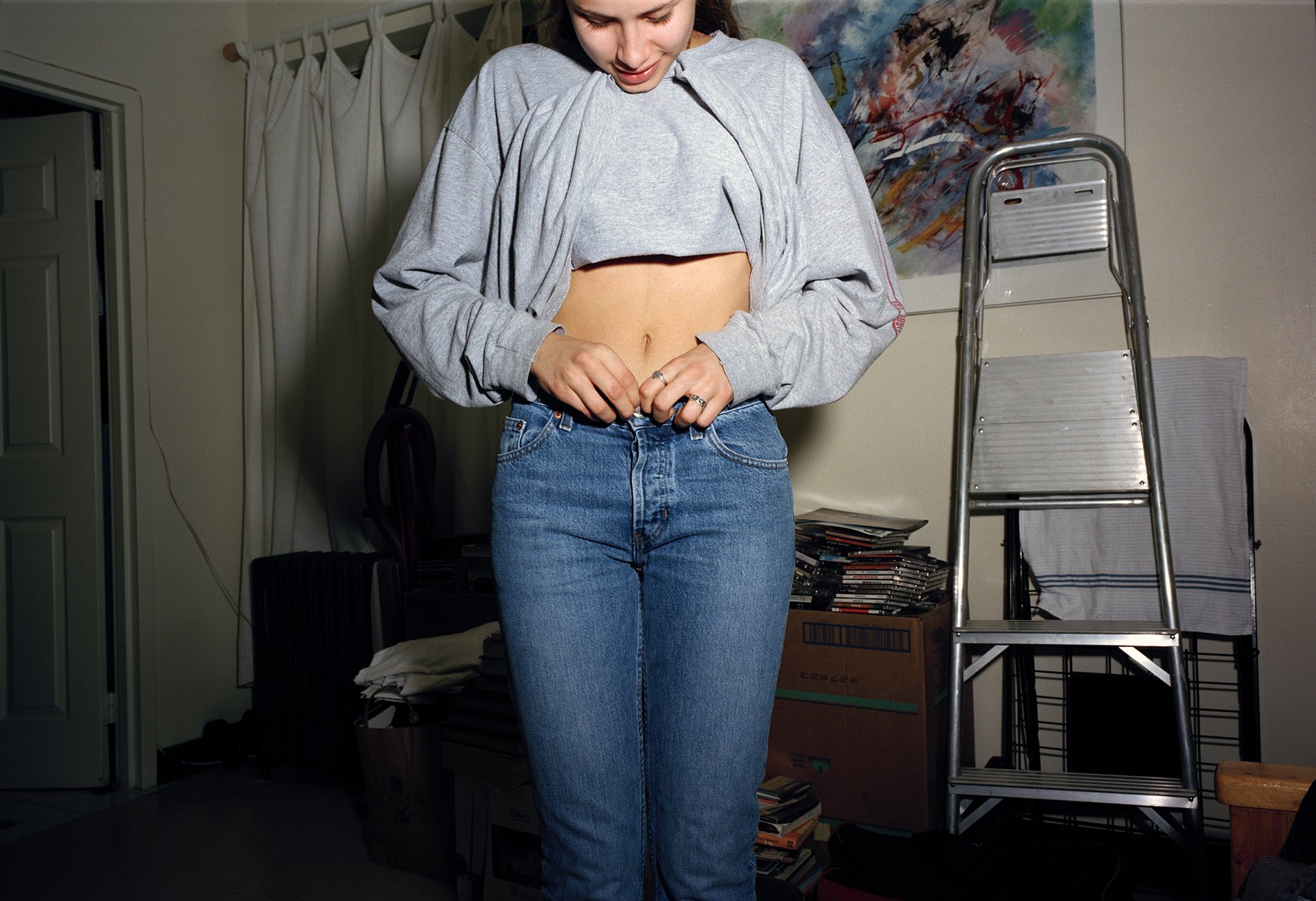Kodak 100UC Medium Format Film
Kodak 100UC medium format film is a superb film for flash users. Period.
It is very hard to find these days. So this isn't a review as much as it is a tribute. I adore it and try to shoot it every time I find a box of it. You don't have to be a professional shooter to appreciate what this film can do. It is known for its fine grain, rich colors, and exceptional sharpness. In this article, we will take a closer look at how to use Kodak 100 UC medium format film to capture stunning images.
You don't have to be a professional shooter to appreciate what this film can do. It is known for its fine grain, rich colors, and exceptional sharpness. In this article, we will take a closer look at how to use Kodak 100 UC medium format film to capture stunning images.
- Choosing the right camera
To use Kodak 100 UC medium format film, you will need a medium format camera that is compatible with 120 film. There are several options available, ranging from classic models like the Hasselblad 500 series to newer cameras like the Mamiya 7 II. It's important to choose a camera that is well-maintained and in good working condition to ensure that your images turn out sharp and properly exposed.
- Setting the ISO
Kodak 100 UC medium format film has a fixed ISO of 100, so you don't need to worry about adjusting your camera's ISO setting. However, it's important to ensure that you are shooting in appropriate lighting conditions to get the best results.
- Pulling Your Focus
When using medium format film, it's important to pay close attention to your sharpness.
The gift of the format is how the lens renders everything onto the film. Like an etching. With a larger negative size than 35mm film, medium format images have dramatic potential for incendiary detail and sharpness. Take your time. Don't rush. Carefully use the focus of your camera to draw your frame so you don't lose the film's capabilities in messy workmanship.
- Exposures!
Mind your exposures. This is critical with any slow speed film, but especially with Kodak 100 UC medium format film. It's important to expose your scene carefully to ensure that you are getting the ideal exposure. This film responds gorgeously to flash.5. Developing the filmOnce you have finished shooting your roll, it's time to process it. This is the fun part. You can develop your film at home if you have the necessary equipment, or you can take it to a professional lab. It's important to follow the manufacturer's instructions carefully to ensure that you get the best results. Since this is a C41 process, you'll need a few good (mercury) thermometers in your film baths to make sure your color doesn't shift.
- Scanning and post-processing
Once your film is developed, you can either scan it at home or have it done professionally.
Scanning your negatives allows you to post them to your feeds easily. Furthermore, it allows you work with your images digitally outside of a darkroom setting. Many photographers prefer to maintain the natural look of their film images, but others enjoy jacking up the intensity inside the ecosystem of digital editing. Kodak 100 UC medium format film is a superb choice for photographers who enjoy or fetishize an exceptionally rich color range. In tandem with the right camera, careful exposure, and idea developing, you will make stunning work that will showcase the qualities of this hard to find film.
Kodak 100 UC medium format film is a superb choice for photographers who enjoy or fetishize an exceptionally rich color range. In tandem with the right camera, careful exposure, and idea developing, you will make stunning work that will showcase the qualities of this hard to find film.

